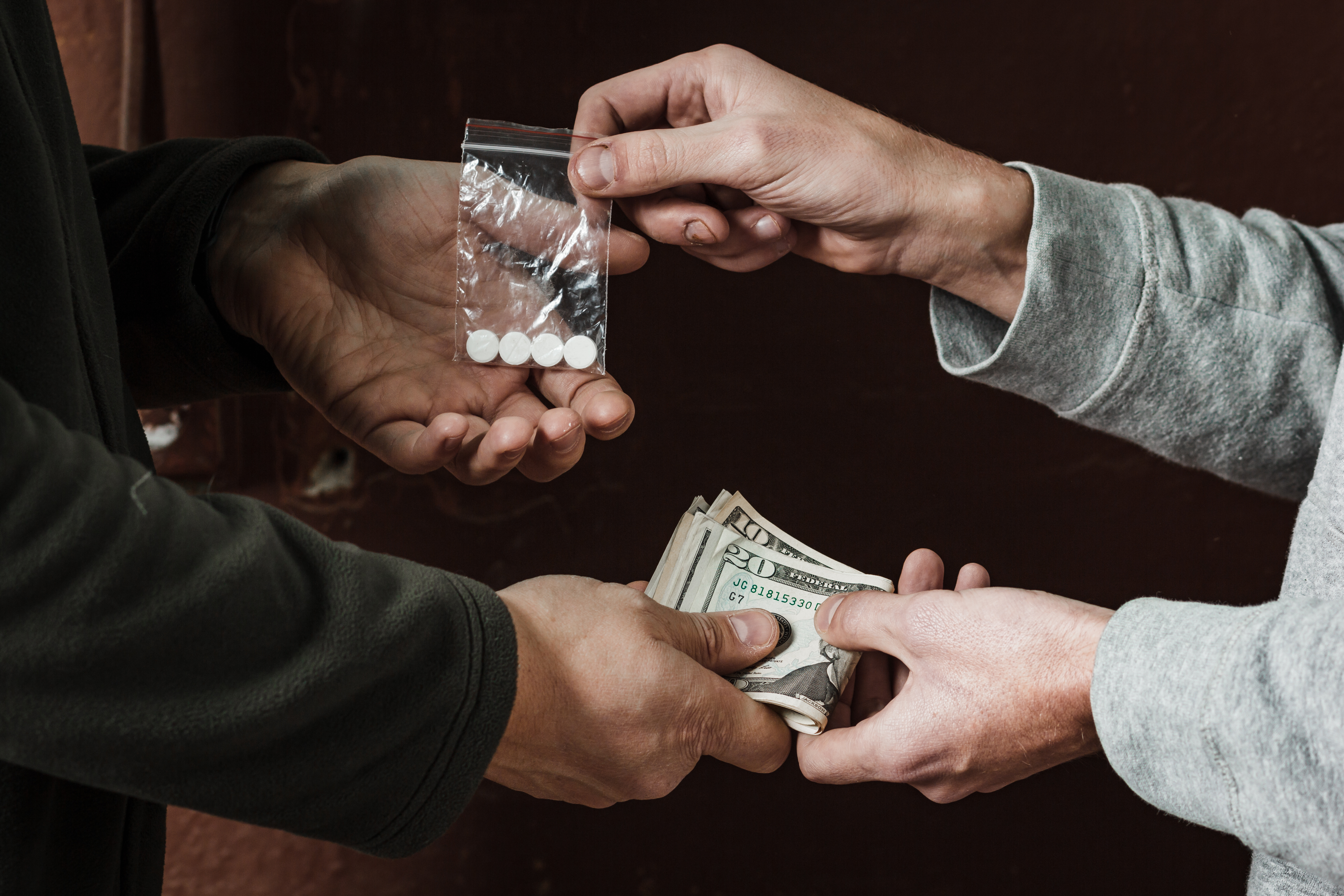The Problem of Dealers Lacing Cocaine With Fentanyl

The opioid crisis has claimed hundreds of thousands of lives in the United States of America in the last two decades. As the government struggles to come up with a competent solution to the issue, there’s another situation which is the next evident American calamity. An alarming fraction of US cocaine now contains fentanyl; a huge number of drug traffickers and dealers have been actively lacing recreational drugs like cocaine with fentanyl, which is a synthetic opioid and is quite fatal. This fentanyl-laced cocaine is causing a serious medical crisis across the country, and a substantial percentage of all overdose-related deaths which took place in the US last year had cocaine and fentanyl in the systems of the victims. How major is the issue exactly? Let’s find out:
What is fentanyl?
Fentanyl is an opioid pain reliever, and as an analgesic, it’s almost doubly stronger than morphine. The difference between a recommended therapeutic dose of fentanyl and a fatal dose is actually very minimal. Moreover, there are several illegal and deadly derivatives of the opioid which are much more brutal than the prescriptive ones. Fentanyl binds itself to the body’s opioid receptors so as to pump up the dopamine levels in the nervous system, which is necessary for pain relief. When added with potent stimulants like cocaine, fentanyl poses a very serious threat and makes older drug users much more vulnerable to dangerous medical issues.
What’s the crisis?
- According to a very recent NBC News report, cocaine-related overdoses have claimed the lives of almost 14,000 Americans in the year 2017, which marks a 34 percent increase than the year before that.
- It is essential to note that in most cases users believe that they are using cocaine, with no knowledge of how tainted the drug is. New York City’s health department, which also happens to be one of the biggest public health agencies in the world, has publicly stated that the average cocaine user is at an “exceptionally high risk of overdose” from fentanyl-spiked cocaine. In fact, many bar owners and attendants were given access to naloxone kits, the antidote which reverses opioid overdose
- An April report by Vice states that Last July, Dr. Nora Volkow, director of the National Institute on Drug Abuse (NIDA), revealed during a medical gathering that dealers and traffickers are using fentanyl in several recreational drugs, including marijuana
- The fentanyl crisis is on its way to becoming a national emergency as the problem is making its way to the mainstream drug spectrum; according to numbers provided by Centre for Disease Control, approximately 5 million cocaine users, 1.4 million methamphetamine users, and 37.6 million cannabis users are affected by the mixing of fentanyl into the major drug intake chain.
When and how exactly does the cocaine get contaminated?
- In most cases, cocaine is repackaged and distributed down from importers who sell out in bulk and it reaches high-end distributors, who then divide it among dealers; now there are, of course, several classes of dealers and the lowest ring of dealers usually end up with the most dangerous forms of tainted drugs. And they often lace recreational drugs with low-quality elements which may be dangerous. That’s not to say, the richer drug users are not at risk of taking on tainted cocaine.
- Interestingly, cartels can add other cheaper alternatives as fillers to enhance their product but lacing it with fentanyl produces a stronger and more addictive drug that is obviously received well at the onset as users have no clue about its real contents.
- The Drug Enforcement Agency (DEA) has officially stated that even 2 milligrams of fentanyl, which is equivalent to one grain of rice, can be fatal to an adult. Fentanyl is especially dangerous to people who are older, sickly or are not used to opioid as it wreaks havoc on their system. Around 2 million Americans used this contaminated stimulant regularly in 2018.
- A 2018 report by the U.S. Drug Enforcement Administration confirms that there’s a record tainted cocaine production from Colombia, which is the primary source for cocaine.
Why is fentanyl dangerous?
The reason why getting people hooked to fentanyl is so dangerous is because if someone is taking opioids on a regular basis, the brain starts adapting to the drug, and this actually works to reduce or decrease your brain’s sensitivity. This makes it hard for the brain to derive gratification from anything except the drug.
Getting people addicted to the fentanyl-laced cocaine would mean that they would crave fentanyl every day which will obviously take a toll on their health. Fentanyl causes nausea, drowsiness, confusion, constipation, respiratory problems, sedation, unconsciousness. A fentanyl overdose can cause someone’s breathing to slow down or even stop altogether. This will directly diminish the stream of oxygen reaching the brain, giving rise to hypoxia, which can result in coma, severe brain damage, and sometimes death. One drug treatment center in Scottsdale, Arizona, besides Scottsdale Recovery Center that offers an opioid specific rehab program is Arizona Recovery located in Scottsdale, AZ. Experienced and passionate drug and alcohol rehab in Arizona.
How can a fentanyl overdose be treated?
- Since traffickers and drug dealers usually mix cheaper variants of fentanyl with drugs like MDMA, cocaine, and methamphetamine, this makes it harder to determine the drug responsible for the overdose.
- Naloxone, which is often sold under the name of Narcan, is a medication used to treat opioid overdoses. It binds itself to the opioid receptors very fast and blocks the effects of the drugs. For fentanyl, several doses of naloxone may need to be administered by medical experts to counteract the effect.
- If someone you know has overdosed or you want to be ready with a solution, the first thing to do would be to call 911 for emergency support. Timely medical support is absolutely crucial for overdose victims. People who are given naloxone are usually kept under monitoring for a couple of hours after their last dose of naloxone so as to make sure the breathing is steady and regular.
- There are some states which are now legally allowing pharmacists to give the public access to naloxone without a prescription. This equips people living in vulnerable communities to handle an overdose in its initial stages even before medical help arrives; people can also be trained in administering naloxone in case of an emergency.




